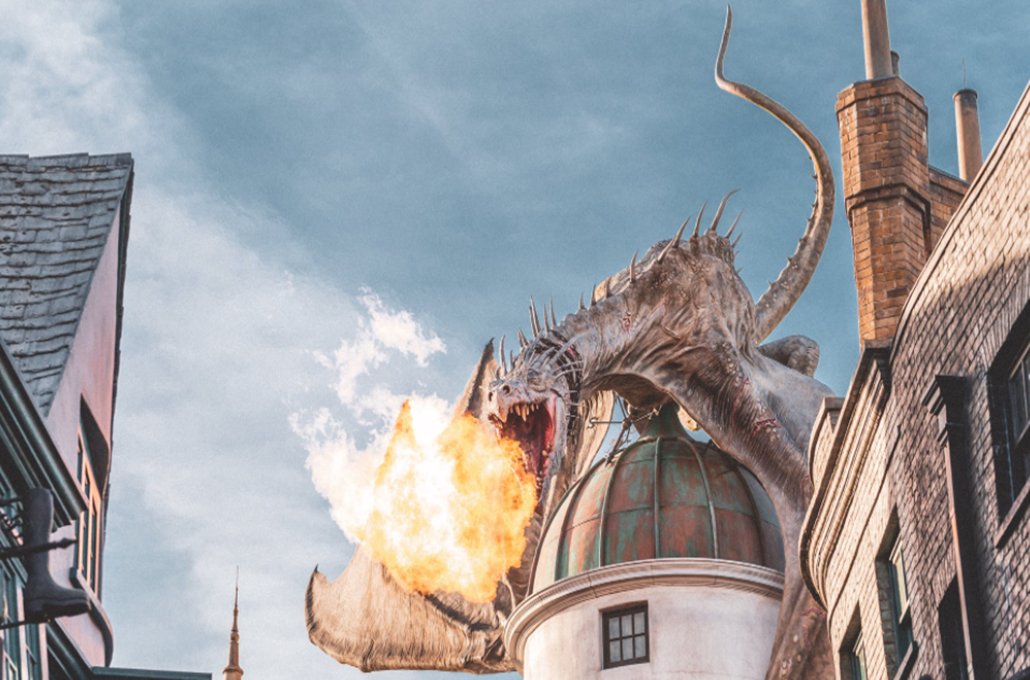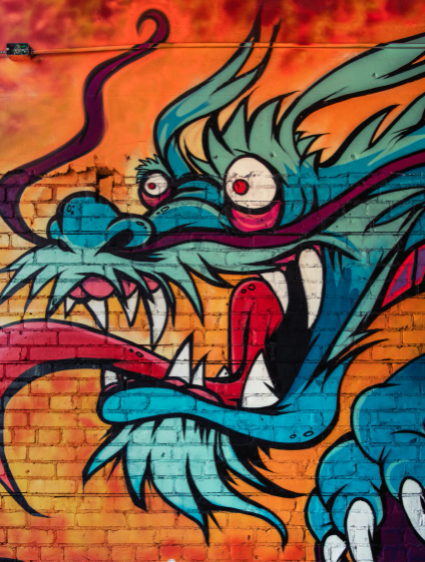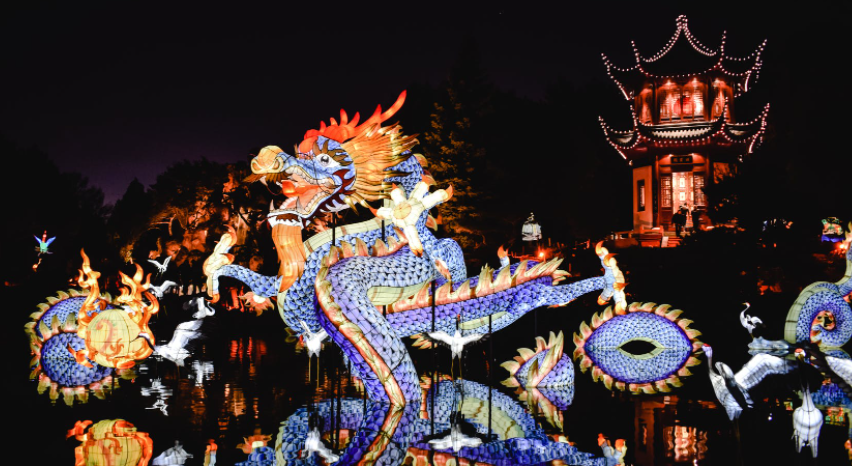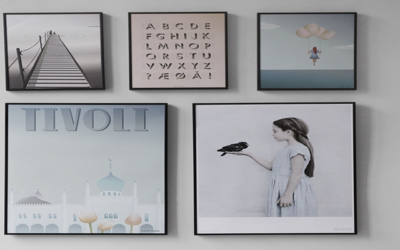Dragon Art

As many people know, the Chinese Zodiac is composed of twelve animals: Rat, Ox, Tiger, Rabbit, Dragon, Snake, Horse, Goat, Monkey, Rooster, Dog, and Pig. What stands out from this list is that fact the eleven of these creatures exist today, while one of them does not.
Isn’t it odd that the ancient Chinese would select eleven “real” animals and one “mythical” creature for their zodiac? Why would they do that? The answer to this enigma lies in the assumption that the dragon is a creature that never really existed. If we dispense with that assumption then the issue begins to make sense.
For example, there are numerous dragon legends from all over the world, and with very similar descriptions. Many of these stories date back hundreds, and even thousands of years. Artifacts from Peru, Egypt, Babylon, England, China, and even the U.S. state of Utah show evidence of what we refer to today as dinosaurs. However, it must be remembered that the word “dinosaur” is a fairly recent term, coined in 1841 by Sir Richard Owen. Ancient peoples of course did not use that word.
Instead they used the word dragon. So what if we exchange the word “dragon” for “dinosaur”? What effect would that have on skeptics who dismiss dragons as mythical creatures?
In the Book of Job, chapter 41, the author states that God describes a creature that can only be identified as a fire-breathing dragon. In verses 13 through 21 it states:
Who can strip off its outer coat? Who can penetrate its double coat of armor?
Who dares open the doors of its mouth, ringed about with fearsome teeth?
Its back has rows of shields tightly sealed together;
Each is so close to the next that no air can pass between.
They are joined fast to one another; they cling together and cannot be parted.
Its snorting throws out flashes of light; its eyes are like the rays of dawn.
Flames stream from its mouth; sparks of fire shoot out.
Smoke pours from its nostrils as from a boiling pot over burning reeds.
Its breath sets coals ablaze, and flames dart from its mouth.


After Marco Polo, the Italian (Venetian) merchant traveled through Asia, Persia and China, he wrote about his adventures in the book, The Travels of Marco Polo. In part 2, chapter 40, Marco Polo reports what he describes as “huge serpents”:
“Leaving the city of Yachi, and traveling ten days in a westerly direction, you reach the province of Karazan, which is also the name of the chief city….Here are seen huge serpents, ten paces in length (about 30 feet), and ten spans (about 8 feet) girt of the body. At the fore part, near the head, they have two short legs, having three claws like those of a tiger, with eyes larger than a forepenny loaf (pane da quattro denari) and very glaring.”
Judging from these two accounts it is obvious that dragons were truly fearsome creatures! There are many other stories that talk about dragons of various sizes stealing livestock and attacking people and villages. Also, not all of these creatures were able to breathe fire. Some could fly, some were primarily swimmers and lived in or near water, and some were on the small side, measuring only a few feet in length. All of this illustrates that the dragon “kind” was composed of several species with different characteristics, which is exactly what we see when we look at dinosaurs.
So if these fire breathing (and non-fire-breathing) dragons, or dinosaurs, really did exist, and coexisted with people, then where did they go? Answer: they were hunted to extinction just like many other species. In his book mentioned above, Marco Polo describes the process he witnessed where by hunters would bury sharp takes in the ground so that when these creatures slithered back to their dens they would become impaled on them and die. Apparently these particular dragons were highly valued for their meat and gall bladders.
Today we only see dragons is literature and art, which further helps confine them to mythical status. However if we see study our history and see what is plainly in front of us then the reality of dragons begins to emerge. Dragons and dinosaurs are the same things; they are just referred to using different terms by different people at different times.
So when you’re attending your next dragon art festival remember that these creatures once actually existed and today still strike terror in the hearts of men!
Helpful Decorating Guides






